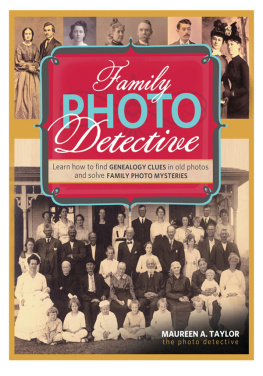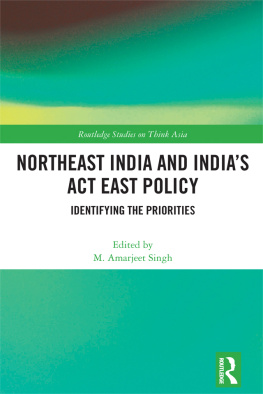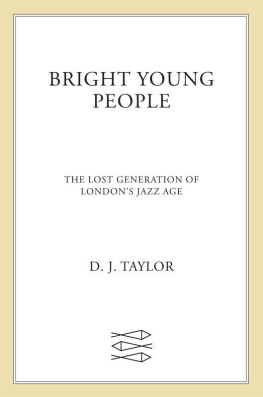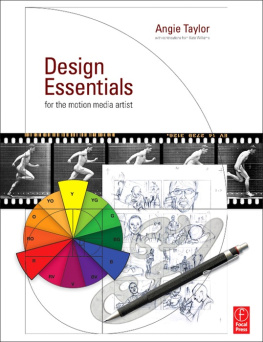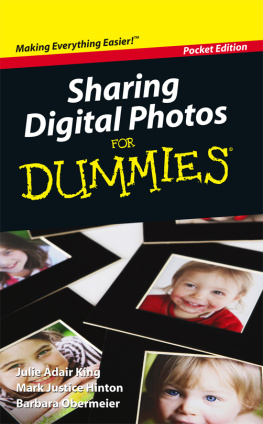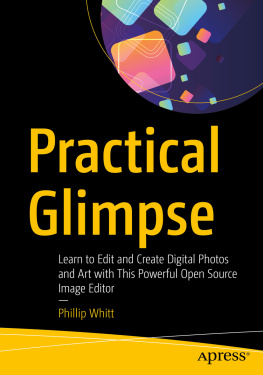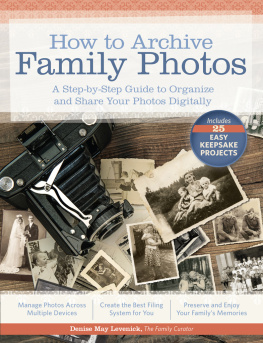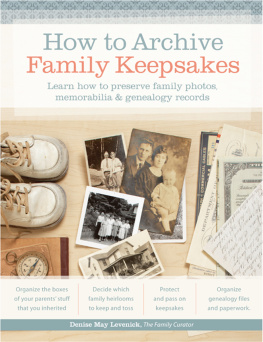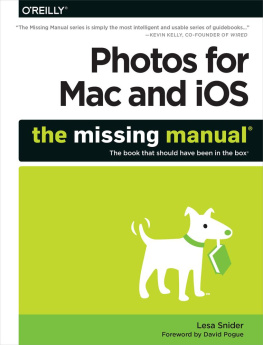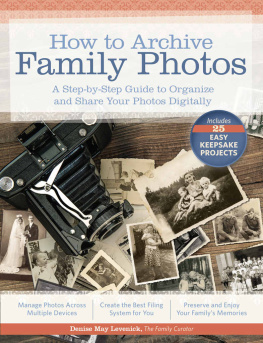Family Photo
Detective
Learn how to find genealogy clues in old photos
and solve family photo mysteries
Maureen A. Taylor, The Photo Detective
Cincinnati, Ohio
shopfamilytree.com
Introduction
On winter afternoons during my childhood, my sister and I would sit with our mother and talk about the last fifty years of our family history, using photographs as the inspiration for the stories. I would spend hours imagining what life was really like for the people in the pictures and searching their faces for family resemblances. Whom did my sister resemble? Was it true that almost everyone had blue eyes? Our ancestors stared at us from faded photographs, captured for eternity by a camera. The images never changed, but our questions about them did. As we grew older our inquiries became more sophisticated, leading to richer, more detailed stories.
By paying attention to the details in the images, we were able to find clues to the identity and character of the people in the portraits. In some cases there was a photographers imprint; in others, a handwritten scrawl on the back identifying the person as Aunt Loretta. Pictures alone, however, couldnt give us the full story behind the images. To fill in the gaps, we needed the family history.
Genealogists are used to examining documents, asking questions, and researching data. These same skills enable you to decipher the clues in a family portrait. Basic questions such as who is depicted and who is not, what their clothes tell us, or where and with whom are they posed can help you break down a brick wall in your family research.
While examining your family photographs may initially raise more questions than answers, patience and persistence can solve the picture puzzles in your family album. Start by constructing a list of questions about each family photograph. If the photo is a formal portrait, you may wonder why they chose the props pictured. Other questions to ponder: Did the people change their appearance for the photographer? Did he or she adopt a new hairstyle, or remove a pair of glasses? Can you tell how they felt about being photographed? Do the pose and expression tell anything about the individual? If you look closely, questions will be raised whose answers can shed light on the life, times, and personalities of your ancestors.
Collection of the Author
Family photos provide genealogists with visual clues about the lives of their ancestors.
What is a Family Photograph Collection?
A family photograph collection is more than a random assortment of imageseach picture is a time capsule that documents a moment from the lives of our ancestors. The collection may contain formal portraits, snapshots of vacations, relatives gathered for special events, friends, and pets. These photos show you what was important to your ancestors. Each image is full of information, but a collection of photographs arranged and identified can tell the story of a lifetime or the history of a family.
The images are documentation of our ancestors lives. They provide clues for further genealogical research or furnish material not found in any standard genealogical resource. However, photographs tell only part of the story. To fully research your ancestors, you have to look at all the documents created in their lifetime. Only then will you have a complete picture of the people who came before you. When visual and written materials are combined in a family history, a wonderful story emerges.
Think about the many moments you immortalize with photos. Its difficult to find a household today without a camera, yet to our ancestors, picture-taking was a new endeavor. Photography changed the way people thought about themselves and the world. The family photo collection became a valuable possession for many reasons, but one of the biggest is that photos contain a record of the past. Pictures of family milestones or people who have passed away are treasured for the memories they invoke and the legacy they can pass on.
When you gather all your family photographs together from their various storage places, you may be surprised by their diversity. If your family collection dates from the beginning of photography (18391840), youll have a wide variety of photographic examples from several generationsmore than 150 years of family photo history. The pictorial documentation of ancestral lives is vast. Spread out a group of the images and study the panorama of your familys visual history. It forms a timeline. You can watch a baby grow to old age as the photographic process changes. It is the history of the births, loves, and deaths of our ancestors.
Studio portraits of immaculately dressed and posed family members allow us to view our ancestors from a certain distance, while snapshots involve us in their lives. Candid shots provide us with an opportunity to see our ancestors at play, at work, and at home. By researching family photographs, you can gain a better understanding of the everyday lives of your ancestors and a precious glimpse into their personalities.
A close friend of mine lost everything she owned in a fire. This caused me to reflect on what I would save if given an opportunity. After making sure that all the members of my family were safe, I would grab my small collection of photographs. They are my familys collective memorymy childrens first steps, riding without training wheels, and birthday parties. It is also the only record in my possession of my grandparents. The only grandparent I ever knew lives in those pictures and connects me with the past.
Collection of the Author
Do you know who the photographer in your family was?
About This Book
For many individuals, the anonymous faces that stare back from shoeboxes and albums tucked away in the attic or closet are interesting but puzzling. This book will enable you to discover the visual heritage of your family by evaluating and understanding the various aspects of the photographs in your possession. It will assist you in your quest to find out more about your relatives by explaining how to identify the different types of photos, research the photographer, and date the costumes. You will learn how to compare images for facial characteristics. Each chapter contains charts and illustrations to guide you through the process. Case studies provide examples of how other people have solved their photographic mysteries.
The photographs that appear in this book were selected on the basis of their visual value. The majority were purchased for use in this publication and are not identified. The sight of all these unidentified images for sale at auctions has inspired me to write this book. Our family photographs are too valuable to become someone elses instant ancestors.
Any images used in the case studies are primarily from the collections of friends and family and have been identified using the techniques described in this book.

